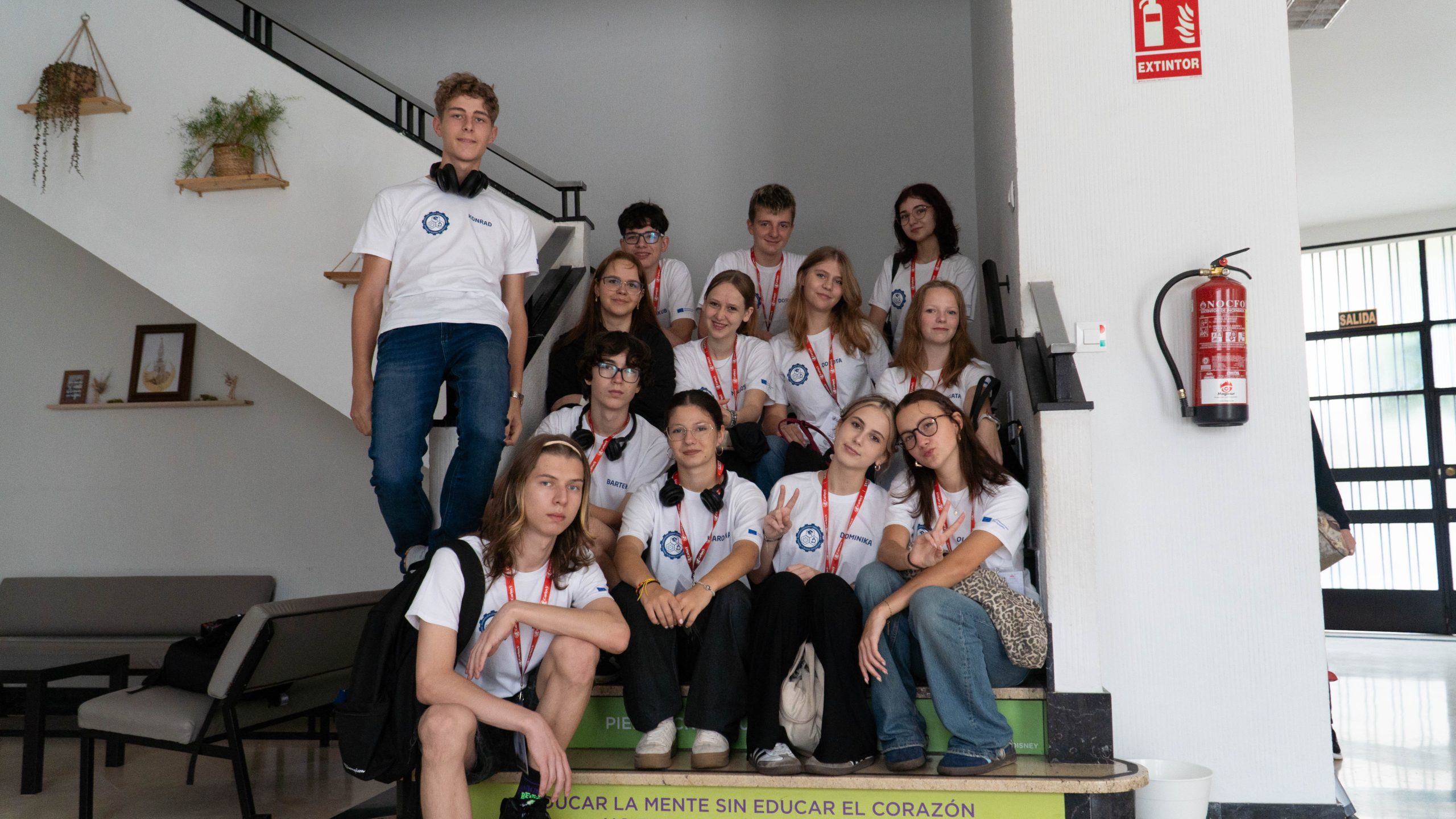Learning a language with social networks: challenges and strategies for the 21st century.
Self-directed language learning has changed as a result of the use of digital technology, and there are now countless online tools and spaces with great learning potential. In 2001, a framework for assessing communicative competence in foreign languages was created: the Common European Framework of Reference for Languages (CEFR), which places particular emphasis on “using a language for independent communication” (Mc Dermott., 2013).
Information technologies, particularly social networks, have recently had an impact on the daily lives of everyone in general and the academic community in particular (Slim & Hafedh, 2019). It is due to their numerous formats, which allow people to interact in a variety of ways, including blogs, social networks such as Facebook, Instagram, microblogs such as Twitter, wikis such as Wikipedia, video podcasts, and photo-sharing applications such as Snapchat. Apps such as YouTube, Facebook, Twitter and WhatsApp have significantly increased social engagement and information sharing in communities of learners and teachers.
Learning a language with social media can be easy. Students are motivated by the use of educational technology because it promotes independent learning, engagement and cooperation, and can easily adapt to multiple learning styles. Language acquisition is essentially social and interactive, hence this strategy enhances learning. Social networks bring dynamic satisfaction to language learning. And when something does not seem like a laborious task, we tend to try a little harder while appearing to try a little less. You can interact with others, both native speakers and other students who are learning the same language as you. Plus, consider the fact that you can complete this task entirely from home!
Electronic devices and social networks provide learners with the opportunity to engage in collaborative learning and give them the option to share resources with their peers (Gikas & Grant, 2013). The use of social networks and mobile devices has advantages and disadvantages, with the advantages being primarily found in the ease of access to course materials, videos, and the transfer of lesson plans, among other things.
In general, students believe that social networks and mobile devices are the most accessible and affordable means of learning about current topics. Studies in Western countries have revealed that the use of online social networks for collaborative learning significantly affects students’ academic success and satisfaction (Zhu, 2012).
According to the study by Dhanya (2016) and Namaziandost and Nasri (2019), students can improve their language skills through the variety of opportunities provided by social networks. In addition, social networks allow learners to engage in relevant and continuous dialogue on these social networking sites, which the researchers found improves language production and reduces anxiety.
Because of their multimodal, multilingual, and multipurpose nature, today’s online resources and sites present learners with an almost overwhelming variety of options (Gomez-Parra, M. E., & Huertas-abril, 2020). In order to use the online resources that best suit their needs in this situation, whether in terms of level or ability, autonomous language learners must acquire a number of new skills. Digital competence, knowing how to learn, motivation, responsibility and tenacity are some of the skills that are undoubtedly important. However, turning these online materials into practical and beneficial language learning environments is a challenging task, especially when learners are completely independent (as in the case of language learning through free access websites or OER). To solve this, the autonomous learner must be digitally literate and must develop strategies for using social networks to increase their autonomy.
Learning a language with social networks: tips and strategies
The following tips and strategies that a self-directed learner can adopt when learning a language with social networks:
It is an excellent environment to connect and interact with language learners if you are dedicated to getting to know them. In addition, there are multilingual general language learner groups available. You can find several groups to choose from in almost any language if you use the Facebook search box to search for language study groups. The purpose is to socialize in learning. As an English expression goes, which we translate into English: “It doesn’t matter where you hang your hat as long as you meet your new acquaintances.”
Youtube
For language learners, YouTube is a real treasure trove of social media. Use hashtags associated with the language you want to study to make the most of what’s on offer. These channels can be useful, for example, if you’re learning German. Looking for recommendations on where to get French videos? You’re also covered here. Not to worry!
Reading tweets on Twitter in another language can be entertaining and useful for learning. There is no need to overthink things, and the appeal of casually exchanging information is present. The language learning app and program Duolingo also has a Twitter account. They share amusing tidbits about numerous languages.
Change the language in your phone settings
Most of us operate our phones quite intuitively and can quickly choose from several alternatives (Khan, 2022). Change the language of your device to the one you want to study. It’s simple: select [your target language] in Settings > General > Language & Region > Device Language. Even if it can be a bit more complicated, you can still use your phone in a different language if you have a fundamental understanding of how it works.
Finally, to learn a language with social networks, don’t be shy. Participate in discussions by joining these channels. It’s not always simple, but keep in mind that you will probably never meet these people in person, and even if you do, they are probably too busy worrying about others’ impressions of them to worry about whether you make a mistake! Don’t be afraid to make mistakes or ask questions. You are all learning together, and the person who is correcting your mistake once made a mistake that is identical to the one you are correcting now.
Remember that and enjoy the interpersonal benefits of learning a language with social networking!
Keep up to date with the Learning Foreign Languages Online project for useful resources to help you on your language learning journey. You can learn more on the LFLO project website or on their social networks (Facebook, Twitter o Instagram).
Resources:
Cai, S. and Zhu, W. (2012). The impact of an online learning community project on the motivation of university students of Chinese as a foreign language. Annals of foreign languages, 45(3), 307-329.
Dhanya, G. (2016). Influence of social networks on English language learning. Journal of English Language and Literature (JOELL), 3(1), 105-110.
Gikas, J. and Grant, M. M. (2013). Mobile computing devices in higher education: student perspectives on learning with cell phones, smartphones, and social networks. Internet and Higher Education,19, 18-26.
Gómez-Parra, M. E., & Huertas-abril, C. A. (2020). Social network support and the need for expert advice in autonomous language learning: challenges and strategies for the 21st century. International approaches to bridging the language gap (pp. 135-150). IGI Global.
McDermott, G. (2013). The role of social networks in foreign language teaching: a case study for French. Recherche et pratiques pédagogiques en langues de spécialité. Cahiers de l’Apliut, 32(2), 141-157.
Maria, A. (2021). Social media language learning tips you’ll want to enjoy and share again and again! FluentU. Available at: Language learning tips for social media that you’ll want to enjoy and share again and again! | Language learning with FluentU
Namaziandost, E. and Nasri, M. (2019). The impact of social networks on English as a foreign language learners’ speaking skills: a survey study involving teachers and learners of English as a foreign language. Journal of Applied Linguistics and Language Research, 6(3), 199-215.
Slim, H. and Hafedh, M. (2019). Impact of social networks on language learning for specific purposes: a study in English for business administration. Teaching English with technology, 19(1), 56-71.
Khan, S. (2022). How to leverage social networks for language learning. EdTechReview, available at: How to leverage social networks for language learning (edtechreview.in).











